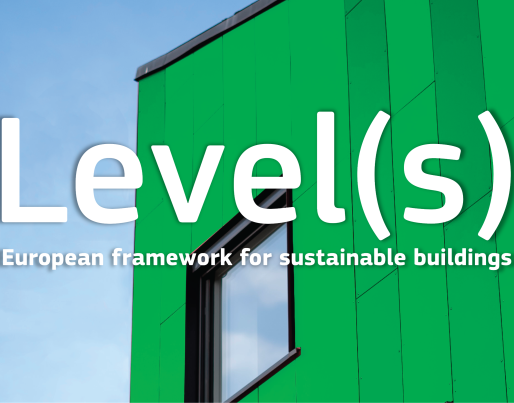European Council adopts revised rules mandating global warming potential reporting for buildings

European Council adopts revised rules mandating global warming potential reporting for buildings
On 12 April the European Council adopted revised energy performance rules for buildings with the goal of reducing greenhouse gas emissions and energy poverty in the European Union.
Global warming potential (GWP) calculations, based on the corresponding Level(s) indicator, will soon be required for energy performance certificates.
As part of the changes to be introduced under a revised Energy Performance of Buildings Directive (EPBD), practitioners will need to disclose the global warming potential (GWP) of new buildings on their energy performance certificates using a calculation measure drawn from Level(s) – the EU framework for sustainable buildings.
Where a national calculation tool or method exists or is required for making disclosures or for obtaining building permits, that tool or method may be used to provide the required disclosure. Other calculation tools or methods may be used if they fulfil the minimum criteria established by Level(s) indicator 1.2 for life cycle global warming potential.
The rules will come into effect from 1 January 2028, for all new buildings with a useful floor area larger than 1 000 m2 and, from 1 January 2030 will apply to all new buildings. By 2050 the EU’s building stock should be transformed into zero-emission building stock.
The requirement to calculate the whole life cycle GWP of new buildings is a significant milestone towards a circular built environment, since it makes it possible to determine the sector’s overall contribution to the harmful emissions driving climate change.
The steady integration of Level(s) into EU building laws
Since its launch in 2020, Level(s) has been integrated into several EU policies and laws, incentivising its adoption as a common language for assessing and monitoring sustainability performance throughout the building life cycle.
The reference to Level(s) in the EPBD is part of a broader realignment of buildings legislation with circularity principles. For example, the EU’s new Energy Efficiency Directive, introduced in September 2023, encourages Member States to include a life cycle perspective when procuring public buildings, and makes specific reference to the corresponding Level(s) indicators. In addition, the European Commission’s advanced draft Green Public Procurement (GPP) criteria see the Level(s) framework playing a crucial role in incentivising local and regional authorities to evaluate the environmental performance of buildings using the Level(s) indicators. Building on the EU Taxonomy, Sustainable finance represents another area where Level(s) has had an influence in defining sustainability for the EU building sector. In fact, according to the Delegated Act on sustainable activities for the transition to a circular economy, compliance with certain screening criteria have to be demonstrated by reporting on Level(s).
How Level(s) works
Level(s) was developed by the European Commission in close collaboration with the built environment sector to provide buildings professionals and policy makers with a set of core sustainability performance indicators to measure carbon, materials, water, health, comfort, and climate change impacts throughout a building’s full life cycle. It is a flexible solution for identifying sustainability hotspots and for future-proofing a building project or portfolio. Level(s) is open source and freely available to all.
How to get started with Level(s)
You can find an introduction to Level(s) and an overview of its macro objectives and indicators on the European Commission environment website. The website features a user-friendly Level(s) eLearning programme to help all kinds of buildings professionals start using it in their working environments. If you have specific questions about how to use Level(s) you can also contact the Level(s) helpdesk. Level(s) organises regular webinars on different aspects of the framework and its tools. You can subscribe to the Level(s) newsletter and mailing list to be notified about upcoming sessions.